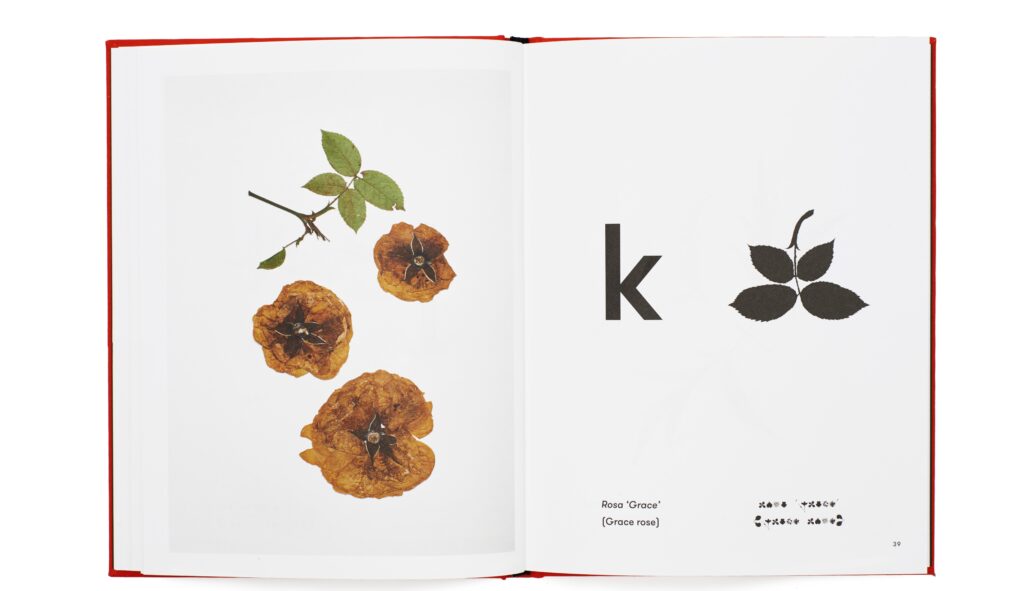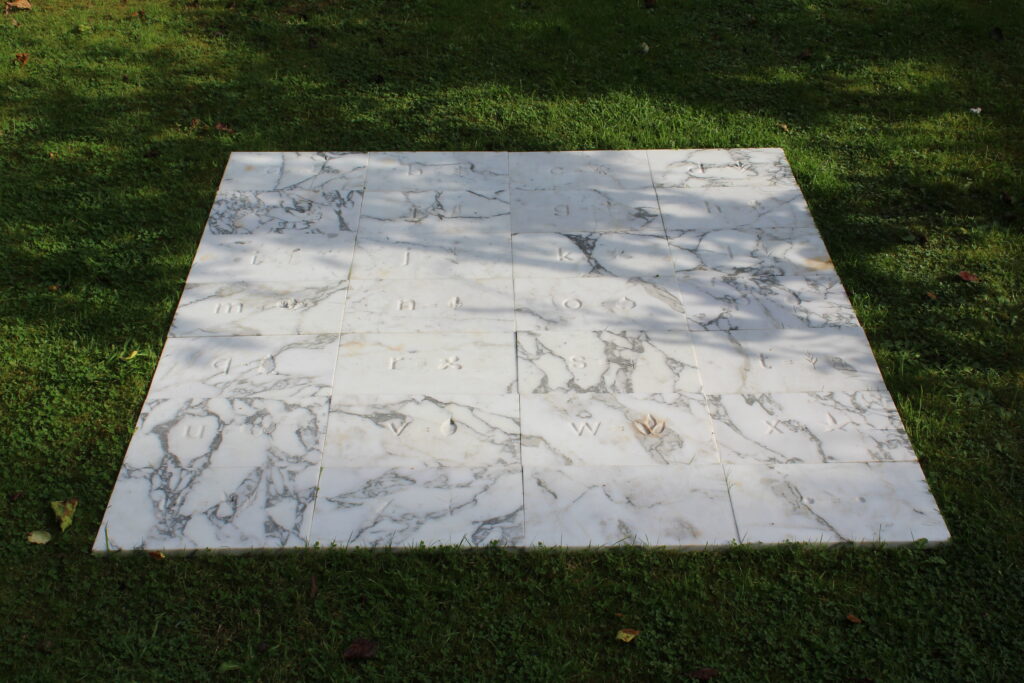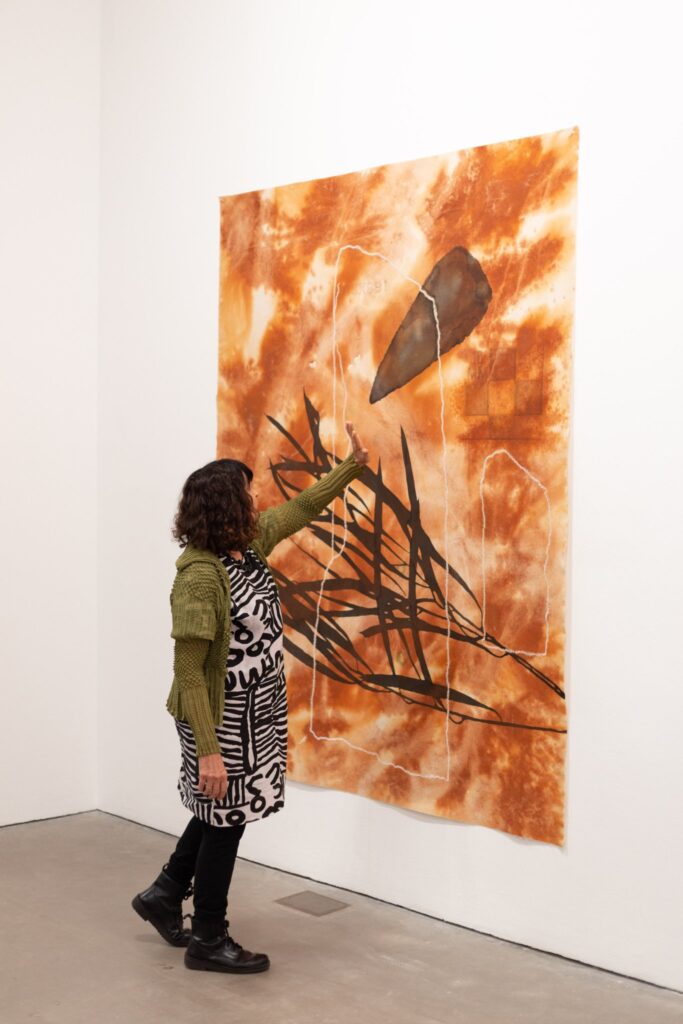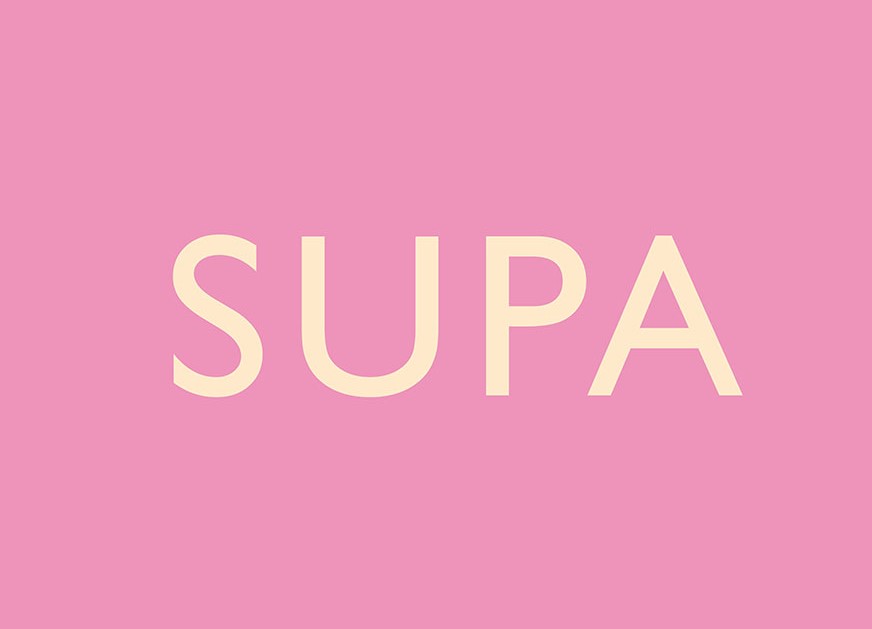Two new exhibitions have transformed Ikon Gallery into a giant garden.
Through paintings, film, sculpture and letters, Birmingham-born John Newling and Australian, Aboriginal artist Judy Watson ask that we reconsider our relationship with nature. Framed by the white gallery space, the natural world is celebrated as something sacred, romantic and magical. But these artists also highlight its abuse at human hands.

John Newling: ‘Dear Nature’
Birmingham-born artist John Newling (b. 1952) is a pioneer of public art with a social purpose. This show forefronts his plea for a closer connection with, and understanding of, nature.
Newling is an artist-gardener. He collaborates with nature. Soil Books (2019) have been made with soil from his garden to embody the idea of the Anthropocene, our current geological age in which human impact is evident.
The Soil Books are sculptures, derived from Newling’s everyday experience of walking from his house into his back garden, picking up leaves on the way:
“It’s like a ritual, so that every leaf in those books – the language of the books – is from my garden.”
The result is book-like stacks of panels of processed soil with the leaves, pressed and gilded, on the surfaces which are then stained with watercolour. The order of the books is crucial, indicating seasonal change.
A film also plays people reading letters by Newling. Dear Nature, a book published in 2018, comprises 81 letters Newling wrote to nature every day for 81 days. The letters explore our relationship with the natural world: “part truth and reconciliation, part advocacy of an urgent need, part thoughts for future social ecologies”.

Also included is a new alphabet. It is based on leaves the artist found at Nymans, a National Trust garden in West Sussex. Pressed and photographed, Newling matched these plant forms to letters in the modern English alphabet. Nymans Language (2017) occurs in a grid of marble slabs on the floor and also exists as an officially registered downloadable font.
Many of Newling’s works appear ghostly. His memorial to nature acts as a warning, which we must heed if we want to protect our planet.
Newling’s exhibition extends beyond the gallery space, with further works sited nearby in the cherry trees in Oozells Square, Brindleyplace.

Judy Watson
Judy Watson’s exhibition offers an important dialogue with John Newling’s work: she, too, has listened to nature and translated its stories into art.
Born in Mundubbera, Queensland, Watson derives inspiration from her matrilineal Waanyi heritage, and much of her work pictures monuments and sites from her homeland. As well as exploring ecological issues, she also confronts colonial power, and the destruction of culture and community.
With devastating wild fires ravaging Australia this year, an apocalyptic quality to her burnt orange canvases deliver an urgent message.
In parallel blue painted canvases, she has imprinted patterns from ghost nets – these are the nets left in the ocean, which trap dolphins, turtles and other sea creatures.
Watson does not frame her paintings. Instead, she prefers to hang them so that they appear to float off the wall.

In video work, she refers to the systematic dispossession and institutionalisation of Indigenous people and culture, catalogued in the ethnographic collections of museums around the world.
Through her art, Watson repatriates the human artefacts and objects of collected cultures in museum storehouses, and reveals the ‘skeletons’ in colonial ‘closets’.
Like John Newling, Judy Watson uses art to address uncomfortable and suppressed issues, which we often don’t want to acknowledge. Entwined with the beauty of these 2 exhibitions is an urgent message: we must respect nature, culture and community if we are to survive.
Both shows run from 4 March — 31 May 2020 at Ikon Gallery in Birmingham and are free to attend.
Ruth x


